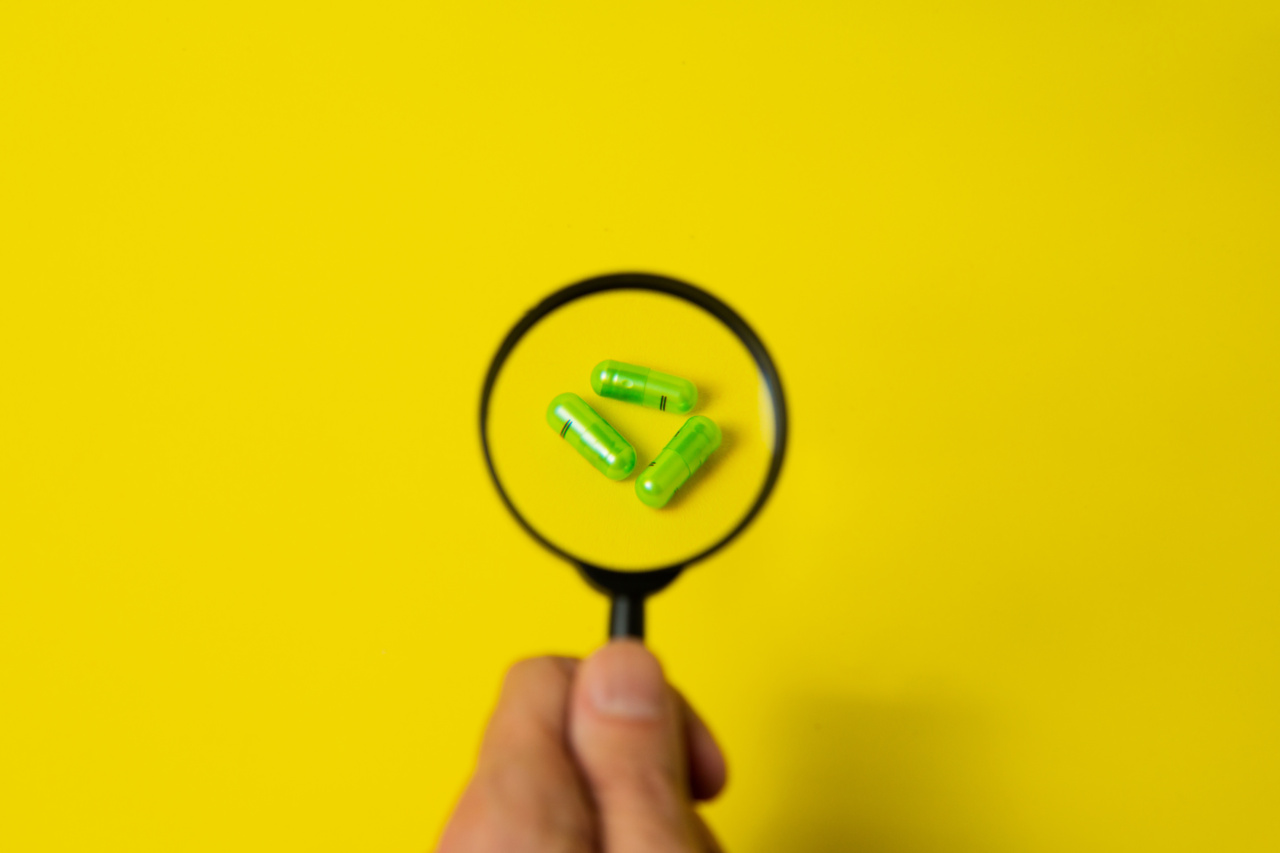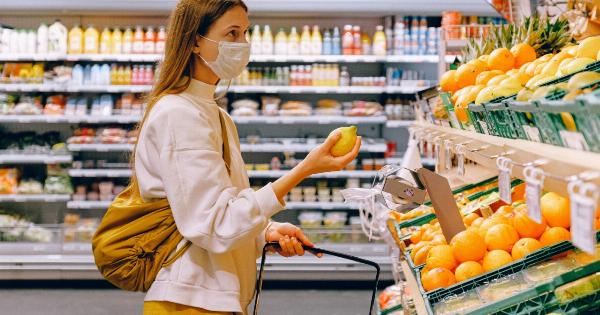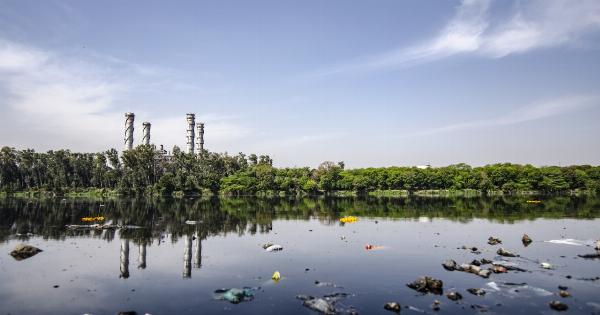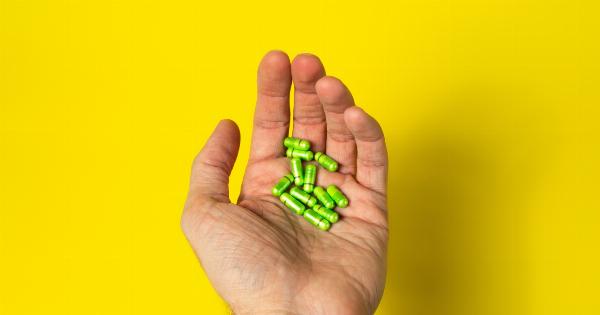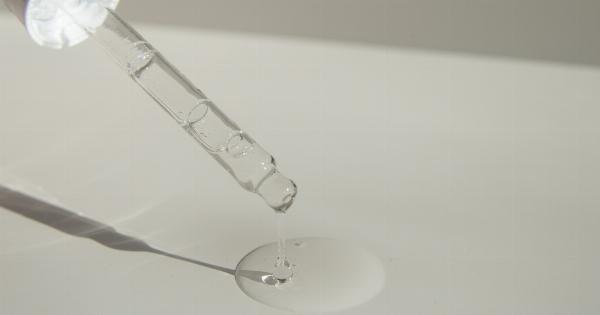In recent years, the rise of antibiotic resistance has become a growing concern in the field of public health.
Antibiotics, once hailed as miracle drugs capable of fighting bacterial infections, are now losing their effectiveness due to the emergence of resistance. While the overuse and misuse of antibiotics contribute significantly to this problem, a lesser-known but equally important factor is chemical exposure.
Chemical substances, whether natural or synthetic, can play a significant role in the development and spread of antibiotic resistance. This article delves into the link between chemical exposure and antibiotic resistance, highlighting the various ways in which chemicals can impact microbial communities and contribute to drug resistance.
The Impact of Chemical Substances on Antibiotic Resistance
Chemical exposure in various environments, such as hospitals, agricultural settings, and water bodies, has been linked to the development of antibiotic resistance.
Chemical pollutants present in these environments can interact with bacteria and alter their genetic makeup, providing them with survival advantages and promoting the acquisition of antibiotic resistance genes.
Additionally, exposure to certain chemicals can induce stress responses in bacteria, leading to the activation of defense mechanisms, including the activation of efflux pumps and the production of biofilms, which enhance their ability to resist antibiotics. Understanding these mechanisms is crucial in comprehending the link between chemical exposure and antibiotic resistance.
Chemical Exposure in Hospitals and Healthcare Settings
Hospitals and healthcare settings are particularly prone to chemical exposure due to the widespread use of disinfectants, cleaning agents, and various pharmaceuticals.
These chemicals can exert selective pressure on bacteria, favoring the survival and propagation of antibiotic-resistant strains. For example, the use of the disinfectant triclosan, commonly found in hand sanitizers and soaps, can lead to the emergence of triclosan-resistant bacteria that also show cross-resistance to antibiotics.
Similarly, the widespread use of antibiotics in healthcare settings can create a favorable environment for the development and spread of drug-resistant bacteria. The interplay between chemical exposure and antibiotic resistance in hospitals and healthcare settings requires urgent attention to mitigate the risks associated with nosocomial infections.
Agricultural Chemicals and Antibiotic Resistance
In agricultural settings, the use of chemicals such as pesticides, fungicides, and herbicides can have unintended consequences on microbial communities present in the soil and water.
These chemicals, while targeting specific pests or weeds, can also affect non-target organisms like bacteria. Exposure to agricultural chemicals can alter the composition and diversity of microbial communities, favoring the survival of antibiotic-resistant bacteria.
Furthermore, continuous exposure to low levels of antibiotics in livestock farming can exert selective pressure on bacteria, leading to the development and spread of antibiotic resistance. These findings highlight the need for sustainable agricultural practices that consider the ecological impact of chemical exposure and its role in antibiotic resistance.
Chemical Pollutants in Water Bodies
Water bodies, including lakes, rivers, and oceans, serve as reservoirs for various chemical pollutants.
These contaminants, originating from industrial discharge, wastewater treatment plants, and agricultural runoff, can interact with bacteria in the environment. Studies have shown that exposure to chemical pollutants can promote the development of antibiotic resistance by altering bacterial communities and gene expression patterns.
Chemicals like heavy metals, polycyclic aromatic hydrocarbons (PAHs), and pharmaceutical residues have been linked to the emergence of antibiotic resistance in aquatic ecosystems. The impact of chemical pollutants on antibiotic resistance in water bodies highlights the urgent need for improved water quality management to protect both human health and the environment.
The Role of Microbial Communities in the Spread of Antibiotic Resistance
A key aspect of understanding the link between chemical exposure and antibiotic resistance lies in exploring the role of microbial communities.
Bacteria rarely exist as isolated entities but rather form complex networks of interactions within communities. These communities can be heavily influenced by chemical exposure, and changes in their composition can have profound effects on antibiotic resistance.
For instance, certain chemicals can promote the growth of specific bacteria capable of exchanging genetic material, including antibiotic resistance genes, through horizontal gene transfer. Moreover, chemical exposure can affect the functionality of microbial communities, potentially impairing their ability to degrade pollutants and promoting the persistence of antibiotic-resistant bacteria.
Thus, studying the dynamics of microbial communities is crucial for predicting and managing the impact of chemical exposure on antibiotic resistance.
The Need for Integrated Approaches
The link between chemical exposure and antibiotic resistance necessitates a holistic approach that considers both chemical and microbial factors.
Understanding the complexities of this relationship requires interdisciplinary efforts from researchers in fields such as microbiology, toxicology, environmental science, and public health. Collaborative studies can help identify key chemicals that contribute to the development and spread of antibiotic resistance and develop strategies to mitigate their impact.
Furthermore, synergistic efforts are vital in implementing policies that minimize chemical exposure, promote responsible use of antibiotics, and ensure the protection of human health and the environment.
Conclusion
Chemical exposure plays an intricate role in the development and spread of antibiotic resistance.
Chemical substances found in hospitals, agriculture, and water bodies can induce genetic changes in bacteria, enhance their ability to resist antibiotics, and promote the acquisition of resistance genes. Understanding the complex interplay between chemical exposure and antibiotic resistance is crucial for designing effective interventions to mitigate the risks associated with drug-resistant infections.
It is imperative that researchers, policymakers, and the public recognize the importance of integrated approaches that address both chemical exposure and the responsible use of antibiotics to safeguard public health and preserve the effectiveness of antibiotics for future generations.
